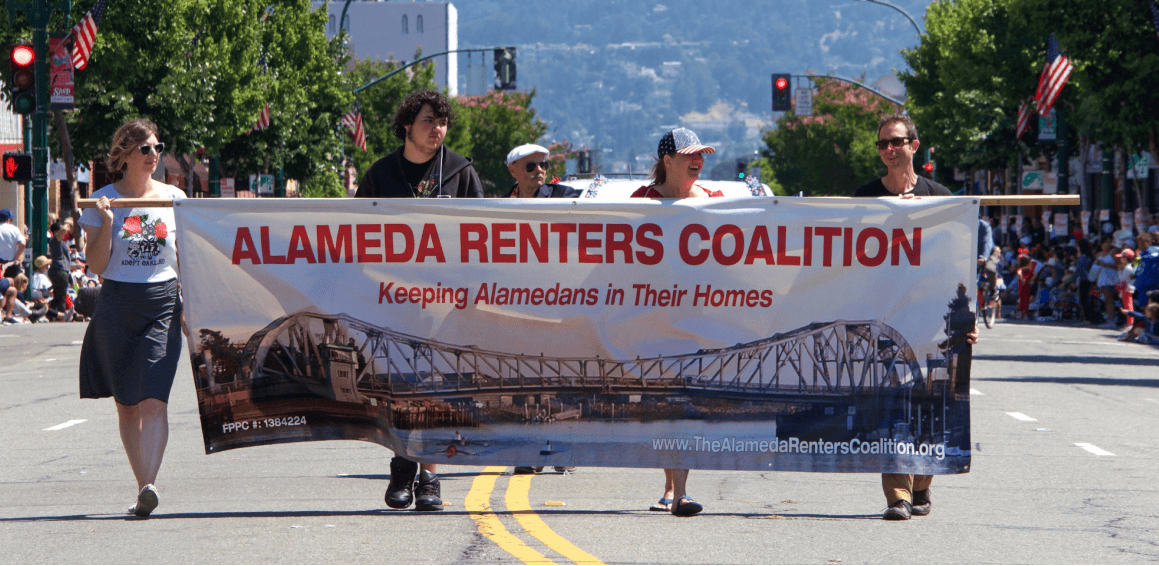The Top 10 Emerging Trends Shaping Real Estate in 2016

1. Second Tier Cities Take Center Stage
It’s no shocker that cities such as Austin are taking off. These 18-hour cities (as compared to high-profile, 24-hour cities such as New York and San Francisco), are expected to perform incredibly well this year. The report suggests that, in addition to having a hipness factor, cities such as Nashville, San Jose, Portland, Austin and Raleigh-Durham, benefit from lower costs of living, the increasing ease of staying connected far from main hubs, more upside from affordable and available investment opportunities, and increasing sophistication from realtors and investors.
2. Millennial Parents Move to the ‘Burbs
Millennials have traditionally been painted as a generation obsessed with urban living, but just like their parents and grandparents, they wants homes and good schools for their kids. While this demographic has put off having kids longer than previous generations, studies suggest a larger number will soon become parents, and quickly fuel a suburban boom, especially in areas surrounding markets such as Hartford, Milwaukee and Pittsburgh, which have seen post-recession job growth in the core. One ULI survey shows that six out of ten Gen-Y respondents expect to live in a detached single-family home five years from now. Of course, this doesn’t mean they’ll be living in the suburbs of yesterday. Suburbs (and developers) that replicate more Main Street living, including transit-oriented development and offer transportation options connected to big urban centers will see continued growth.
3. Investment in the Changing Office Landscape
The maturing recovery has led to job growth, which in turn has strengthened the commercial sector. With the dominant trend towards open office plans—the average square foot per worker, which was 253 in 2000, is predicted to shrink to 138 by 2020—showing no sign of slowing down, expect continued development and redevelopment of existing spaces, as well as a continued rise in coworking. The ULI reports that office vacancies have decreased 90 basis points last year and rents are increased 2.9 percent year-over-year, trends that look certain to continue in 2016.

4. New Housing Options and Ideas
The concept of homeownership may be experiencing a significant, and serious, shift. Rates of homeownership has dropped from roughly 70 percent before the Great Recession, to 63.5 percent in the second quarter of 2015. What’s striking is that the shift is seen across the board in all age group. That’s led to an increased demand for rental housing, and a willingness to experiment with concepts such as microhousing. Affordability is an issue, and the report is blunt about the need for better options: “Developing improved housing options for everyone, however, is passing from the realm of “nice to do” to “must do.” That’s going to be shaping the housing trends going forward.”
5. Pulling Up Parking Lots?
As many younger American opt out of car ownership, and tech trends such as ride-sharing and autonomous cars begin to change transportation patterns, many urban planners, government officials, and real estate owners are questioning if parking lots are the best use of downtown real estate. Trends suggest that “existing parking represents a suboptimal use of land,” and as cities change zoning regulations to reflect these shifts, developers are asking how they can take advantage. Are surface lots and parking structures potential development opportunities?
6. Increasing Investment in Infrastructure
America’s crumbling infrastructure has been in the news for years, yet the need for new mass transit, better roads and highways, and improved aviation and rail facilities hasn’t been met: the American Society for Civil Engineers estimates that $3.6 trillion would be needed by 2020 to meet the backlog of much-needed repairs. This suggests there’s a great upside in new models for infrastructure funding, including public-private partnerships and real estate investment trusts (REITs).
7. Urban Agriculture Is On the Rise
While conceding that we’re not likely to see silos dot the skyline anytime soon, the ULI report suggests that an increasing number of viable urban farms and rooftop gardens, including Brooklyn Grange in New York, large urban farm operations in Detroit, and a forthcoming vertical farm in Newark, New Jersey.
8. Increasing Need, and Role, for Niche Lenders
While an increase in activity and investment is a main theme of the report, the paper also suggests a bifurcating lending market is also changing the real estate industry. Bigger projects increasingly require more lead time and more capital, leading many developers to turn towards larger banks. On the flip side, with larger institutions somewhat constrained by recent regulations, more nimble smaller banks and community lenders are increasingly filling the gap. The report suggests many looking for loans are caught in the middle, and choosing a side, large or small, is an important choice.
9. Where Does All the Capital Go?
Capital flow into the U.S. real estate market isn’t slowing down. Total acquisition volume for the year ending June 30, 2015, was $497.4 billion, up 24.6 percent year-over-year, and the volume for 2016 is expected to be equal or greater. Channeling this pool of investment will go far in shaping the real estate landscape. The report suggests the likely places this capital will flow include the 18-hour cities, alternate real estate investments, renovation projects, and alternative asset classes, such as lab and data centers, which are taking advantage of technological shifts.
10. Old-Fashioned Risk Analysis (i.e. People)
Finally, the report suggests notion of investment-by-algorithm and other data-centric tools needs to be measured against old-fashioned intuition, and a deep, personal understanding of the market or sector in question. Ups-and-downs in the market suggest that, despite increasing reliance on data modeling and computer analysis, the human touch is just as important as ever.
Source: curbed.com















 Accessibility
Accessibility